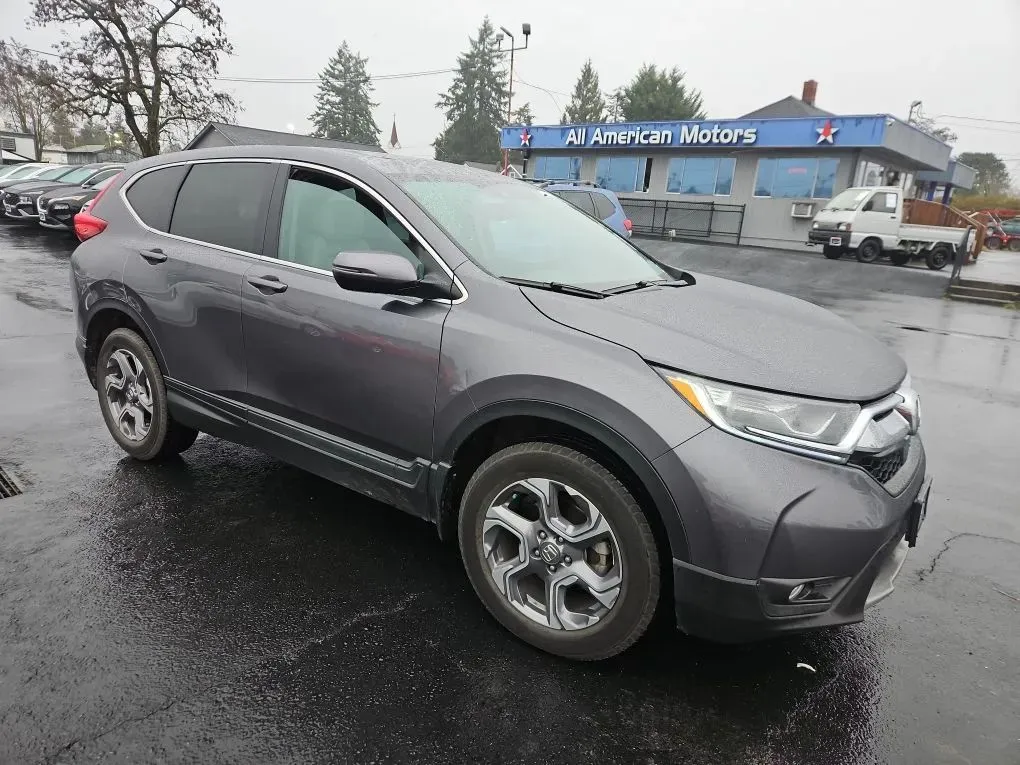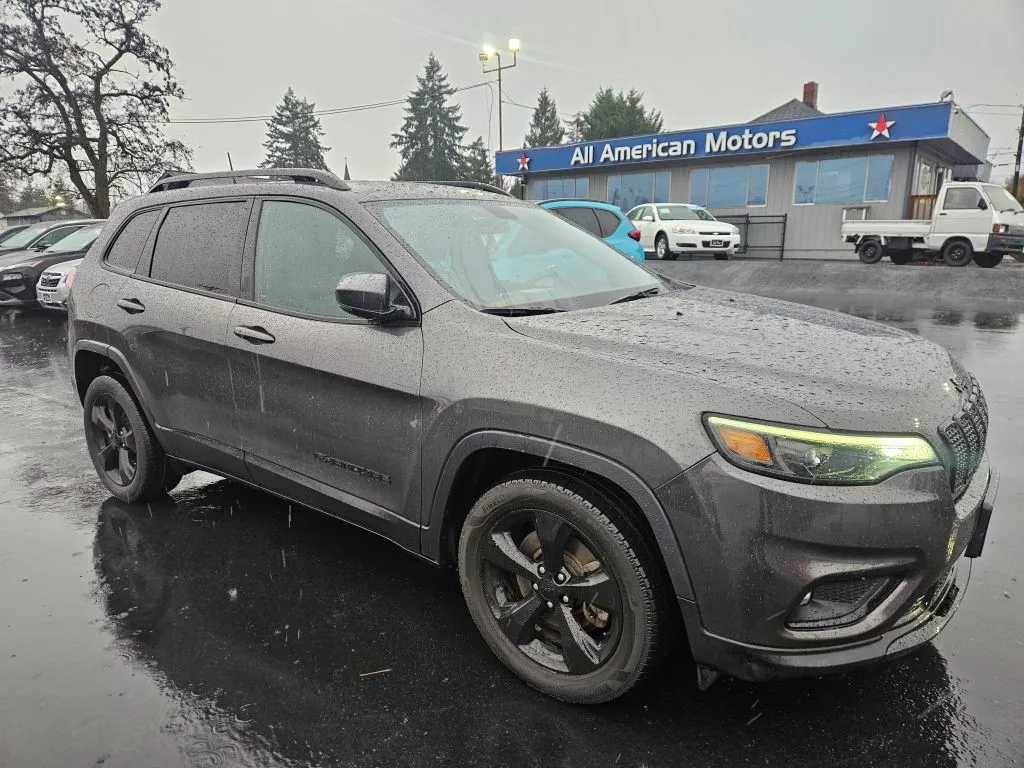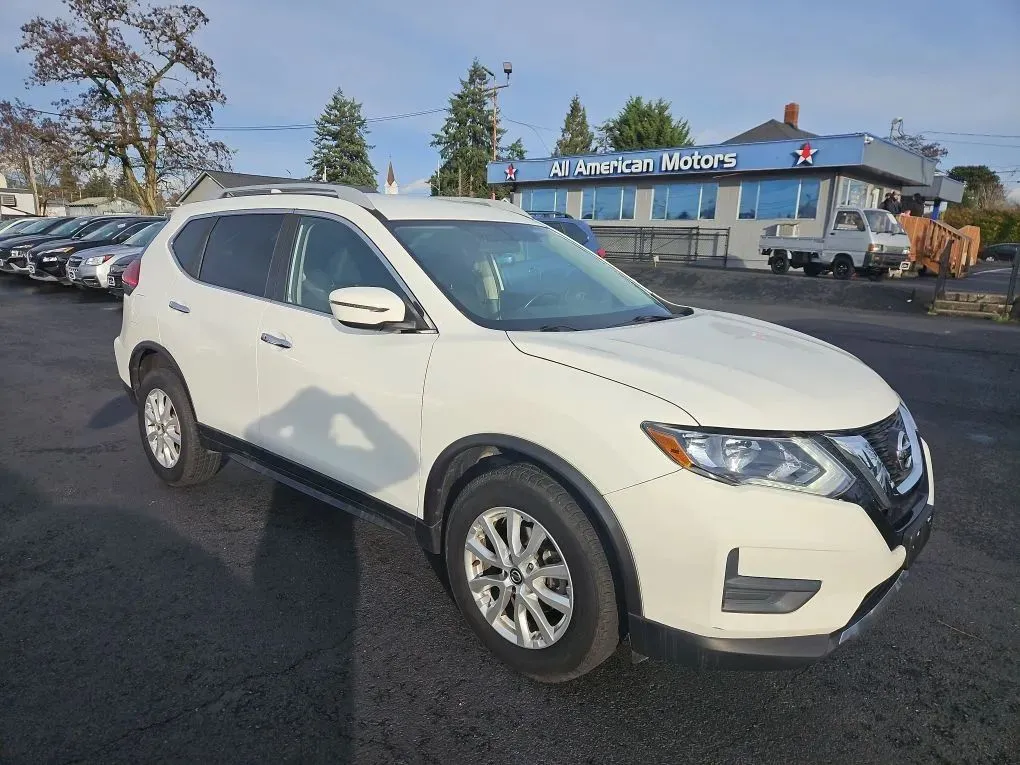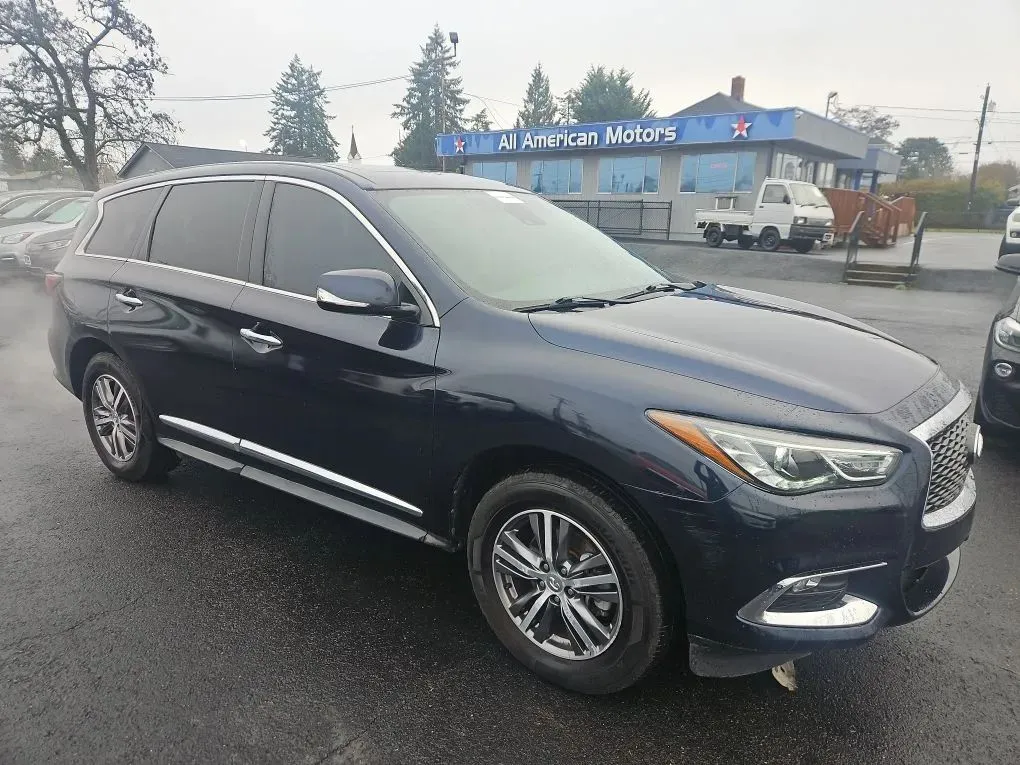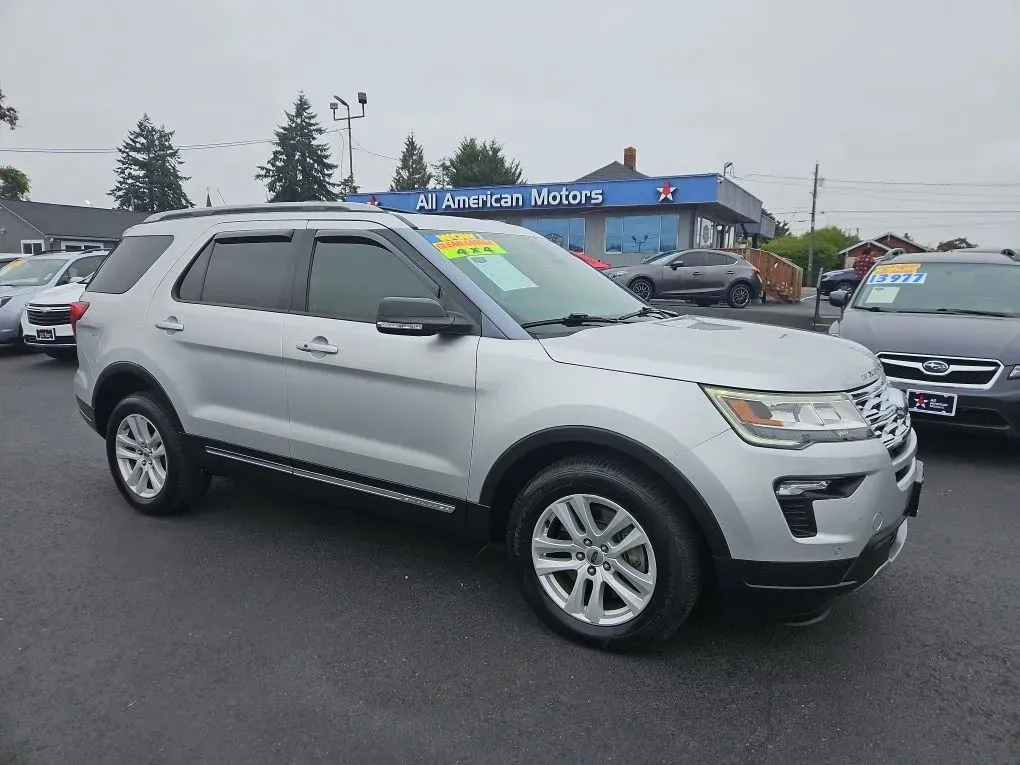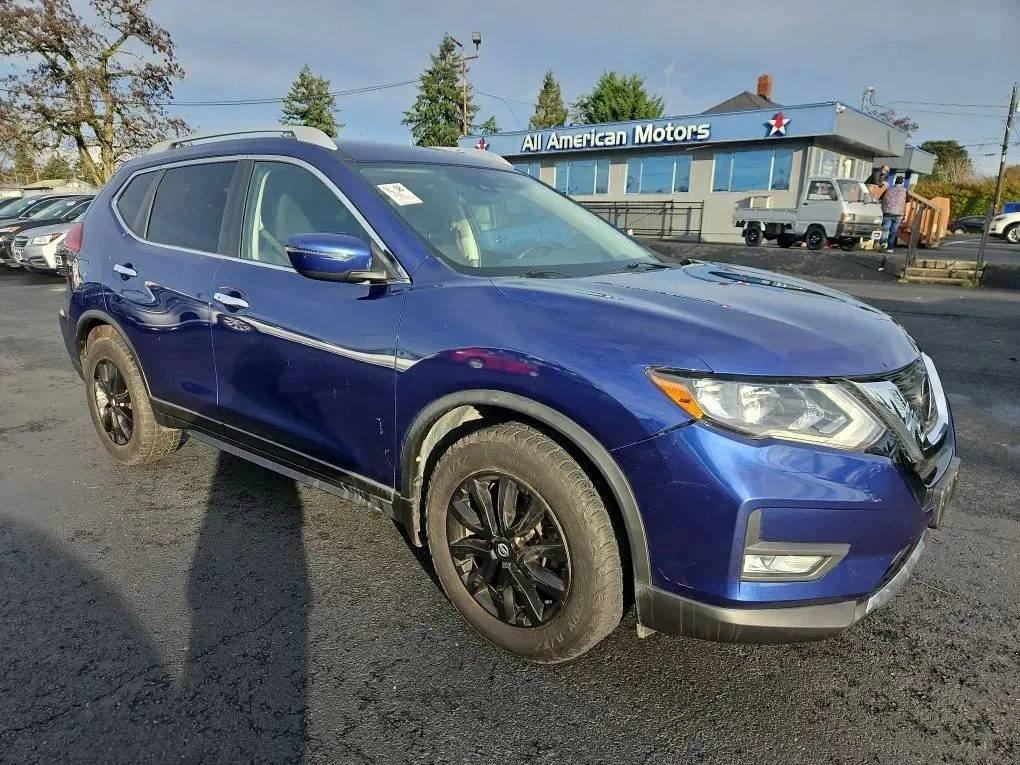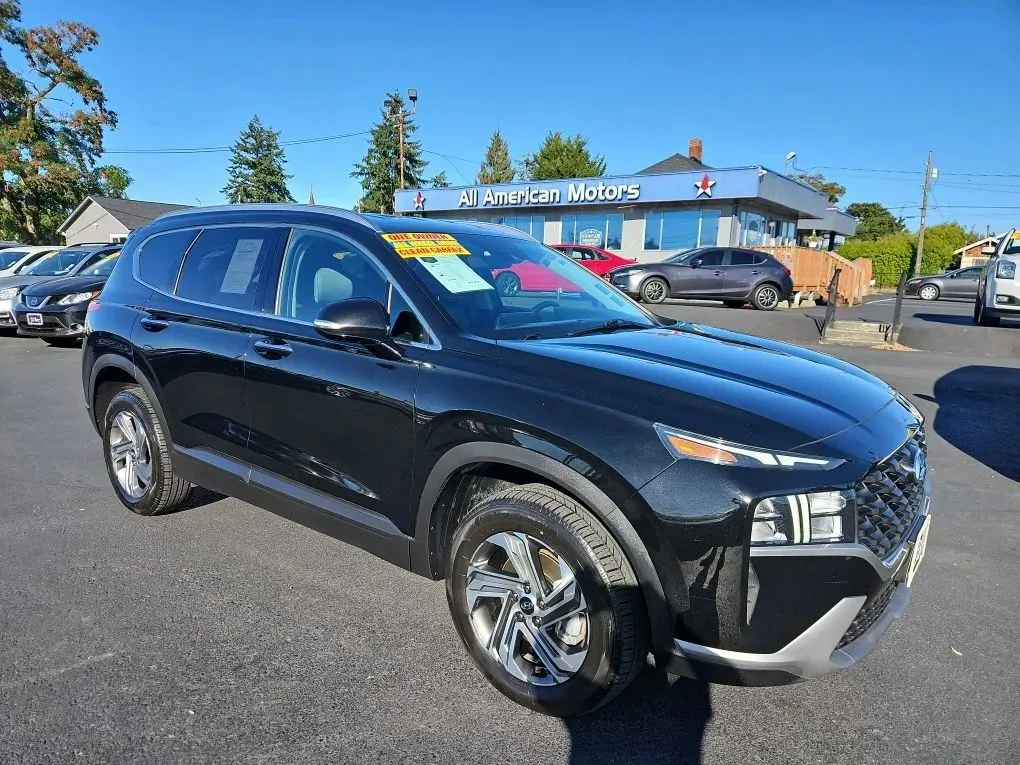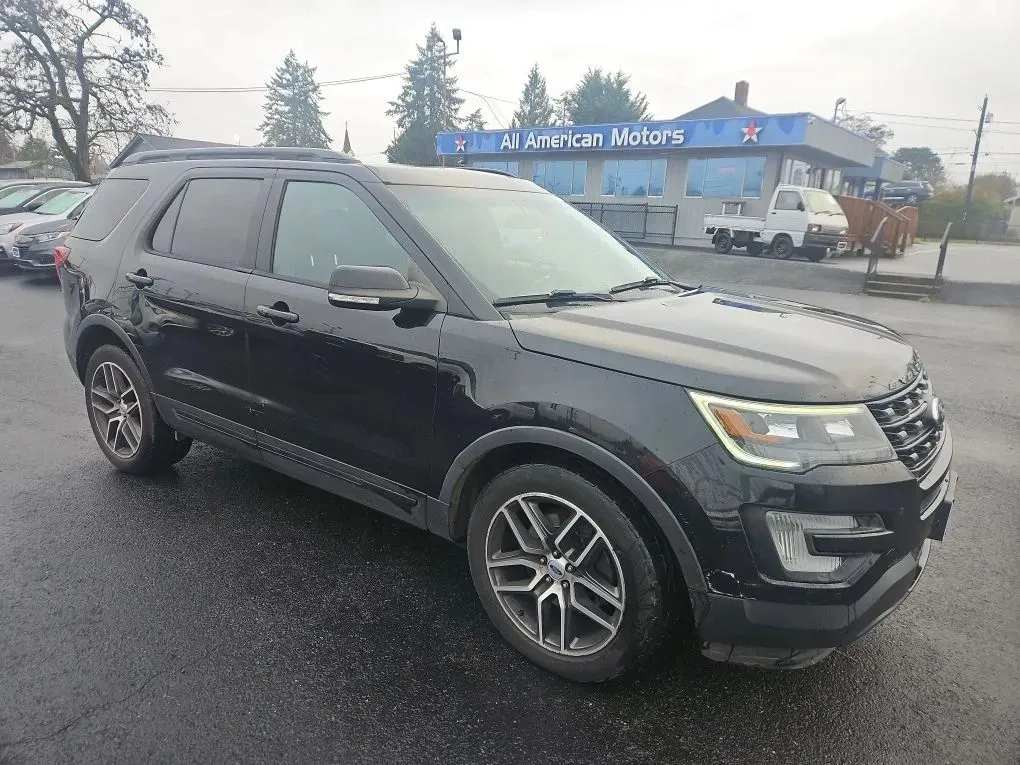Simple Steps To Inspect A Used Car Before Purchase In Tacoma
Buying a used car can be a smart move, especially if you're trying to get a dependable ride without taking on that new car price tag. But before sealing the deal, it’s important to give the vehicle a solid checkup. Tacoma’s weather swings from drizzly mornings to surprise snowstorms, so you want a car that can roll through rain, sleet, or sun. A good inspection helps you avoid trouble later and gives you more confidence in your choice.
You don’t need to be a mechanic to catch red flags. With a basic checklist and some attention to detail, you can spot obvious issues and get a better picture of the car’s condition. Whether you're checking it out in a parking lot or taking it for a spin around town, paying attention in the right areas can save you a lot of stress down the road.
Check the Exterior
Start by walking around the car. It might sound simple, but the outside can say a lot about how the vehicle’s been treated. Look closely and take your time. With Tacoma roads prone to grime and puddles, wear can show up quick.
Here’s what to check:
- Rust and paint damage: Look near the bottom of the doors, wheel wells, and around the trunk. Small paint bubbles or flaking might not seem huge now but could turn into deeper rust problems.
- Tire condition: Uneven tire wear usually points to alignment issues or poor suspension. Make sure there’s enough tread left and that all four tires match in brand and size.
- Lights and indicators: Turn on every light and check all signals. Step on the brake and make sure the brake lights kick on. Headlights should be clear, not foggy or dim.
Dings, scratches, or replacement parts that don’t quite match might not be dealbreakers, but they’re worth noting. These can also give you a clue about any previous accidents or poor upkeep.
Inspect the Interior
Once you’ve taken a good look outside, climb inside and see how it feels. You’ll spend all your time in the cabin, so it should be in decent shape and actually enjoyable to sit in. Tacoma’s wet climate can lead to mold or musty smells, especially if leaks have gone unnoticed.
Here’s what to look out for:
- Seats and upholstery: Check for rips, sagging, or bad stains. Make sure seat adjustments work, front and back. Tape covering a tear may be a quick fix, but it could hide a bigger problem.
- Dashboard and controls: Test every button, knob, and switch. From the radio to the air conditioning, everything should do what it’s supposed to. Turn the car on and make sure there are no warning lights sticking around.
- Interior lights and gauges: Open doors and check if dome lights work. Dashboard gauges like speedometer, fuel, and temperature should respond normally during startup and driving.
It’s also smart to sniff around. A weird smell could mean past water damage or even smoking. Musty scents, especially from the seats or vents, can make your daily drive something you dread. Even if the car looks clean, your nose might tell you a different story.
Under the Hood
The engine bay is where things get real. Even if you’re not car-savvy, there are a few checks that can give you peace of mind before putting money down. Pop the hood and give yourself a few minutes to look around. You don’t need to understand every part. What matters is what stands out.
Keep these things in mind:
- Fluids: Pull out the dipstick to check the oil level and color. Thick, dark oil or low levels could point to bad maintenance.
- Battery: Look for corrosion on the terminals and make sure the cables are attached tightly. A weak battery can give you a hard time once temperatures drop.
- Belts and hoses: Look for cracks, fraying, or bulges. These parts deal with a lot of heat and pressure, so they wear over time.
- Leaks: Spotting any engine fluid on the ground or around the engine is a red flag. Check under the car after it’s been parked for a while.
A clean engine bay doesn’t always mean the car is in good shape. Some sellers might clean it just to hide leaks or grime. If something doesn’t look right or smells burnt, it’s probably best to ask more questions or have someone inspect it professionally.
Take It for a Test Drive
No matter how good a used car looks sitting still, you won’t know how it really feels until you drive it. A proper test drive should be more than a trip around the block. Try different speeds and road surfaces so you can get a fuller picture.
Here’s what to pay attention to:
1. Steering and handling: Does the car drift or pull to one side? Is the steering wheel straight when you're going straight? Loose or tight steering could be a sign of alignment trouble.
2. Brakes: Do they grab too hard or feel squishy? A little vibration when braking could point to worn rotors or pads.
3. Transmission: The shifting should be smooth. Delays or jerking between gears can be a warning sign, especially if you’re driving an automatic.
4. Ride quality: Try it on bumpy streets and highways. Do you feel too much vibration? Hear any clunking or rattling?
5. Acceleration and sounds: It should respond quickly when you press the pedal. Listen for odd noises under the hood or from the tires.
One example that sticks out is a Tacoma buyer who took a used SUV for a quick drive but didn’t go above 30 mph. They missed a weird humming noise that only showed up when the car got to highway speed. A longer, varied test could’ve saved them from an unexpected repair bill.
Check the Paper Trail
Before sealing a deal, make sure the car’s story matches what you're being told. A good vehicle history can back up the condition you’ve seen and catch anything that didn’t show during the test drive.
- Ask for a vehicle history report that shows previous owners, accidents, and title status.
- Review service records. Regular oil changes and maintenance visits show the car has been looked after.
- Check the odometer reading against past service receipts to make sure the mileage hasn’t been tampered with.
- Make sure the VIN matches on the title, dashboard, and driver-side door. Different numbers can mean the car has had major reconstruction, and that’s worth a second thought.
The more you know upfront, the smoother things go later. If the seller’s story isn’t lining up with the documents, walk away. There are plenty of used cars for sale around Tacoma, and one with clean history will give you more peace of mind.
A Stress-Free Way to Own a Used Car
Taking the time to inspect a used car helps protect your wallet and keeps future repairs at bay. You don’t have to know everything under the hood, but a checklist and a little patience can go a long way. Used cars each have their own background. Some are well cared for, while others have been through a lot more than they show.
Buying in Tacoma means keeping an eye on how weather and road conditions might wear a car down. That makes your inspection steps even more important. From checking for rust because of wet roads to making sure the heater kicks on right away for chilly mornings, every detail helps.
Picking out a used vehicle doesn’t have to feel overwhelming. Being prepared and asking the right questions lets you spot a good deal with more confidence. It also gives you the upper hand when it comes to negotiations. Once you find the right vehicle, you’ll know you’ve done your checks and made a smart choice based on more than just looks or price.
For those looking to make a smart car purchase, having a well-inspected vehicle makes all the difference. If you're exploring dependable options and want added peace of mind, check out the selection offered through auto sales in Tacoma WA at All American Motors. With a closer look at what's available, you can find a vehicle that suits your needs and suits the road ahead.

